Socializing your dog involves ensuring they have positive experiences and live comfortably as a pet in human society. Dog socialization is all about helping your furry friend to become accustomed to a variety of animals, smells, people, sounds, sights, and environments.
Importance of socializing your dog
Socializing your dog will allow them to live a carefree and happier life. Socialized dogs tend to be friendly to people and other animals. Also, unsocialized pups usually suffer from aggression and anxiety due to fear in different situations.
Socializing your dog is advantageous to you because you won’t have to worry about them reacting in different situations. You’ll allow your dog to run at the dog park freely or sit close to you since you are confident that they can handle different situations.
Tips to socialize your dog
1. Start as soon as possible
While a dog can be socialized successfully at any age, you should do this as soon as possible.
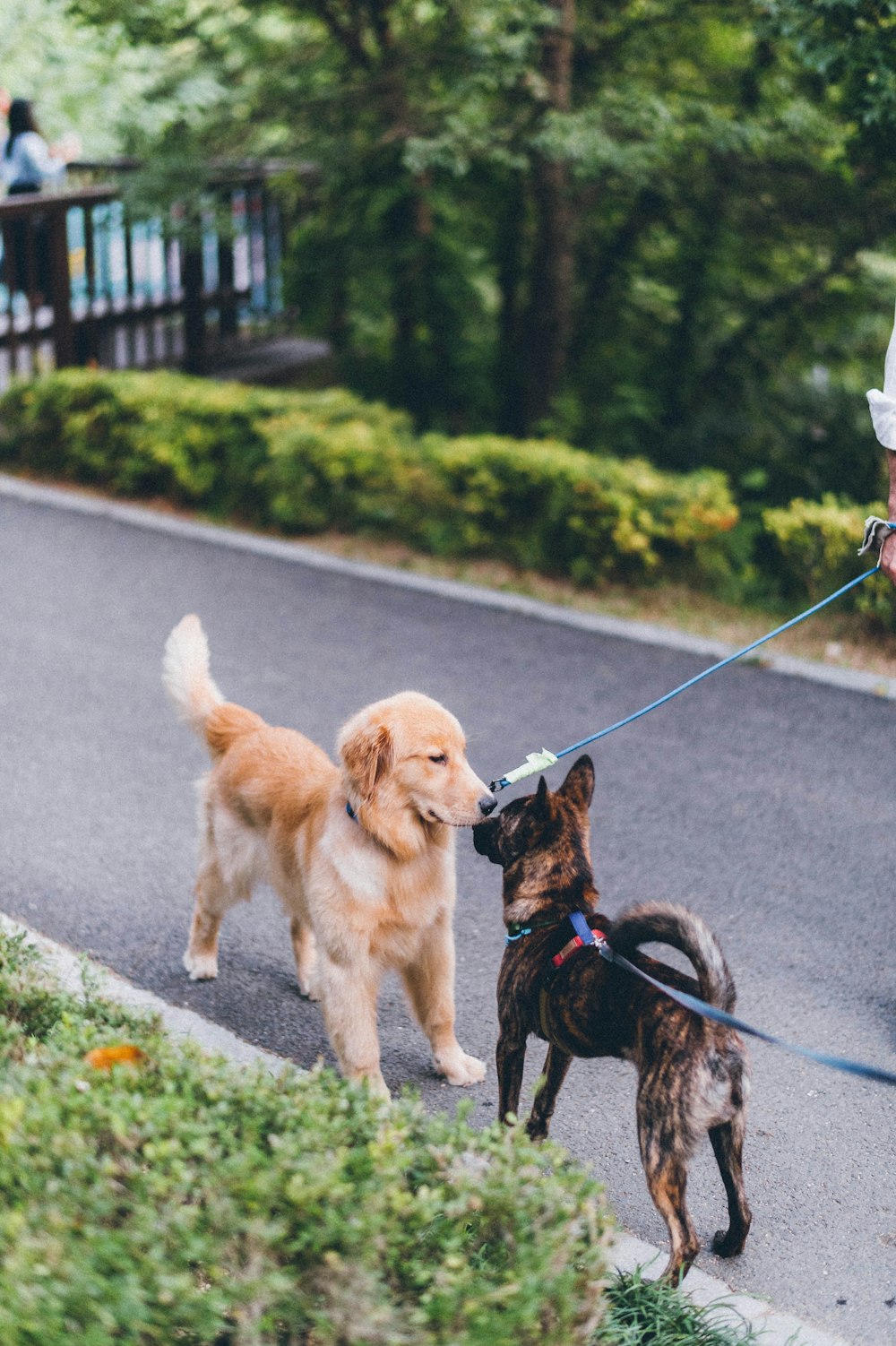
The best time to start socializing them is between three to twelve weeks since this is the period when pups are most receptive to new encounters. It becomes quite difficult to socialize a dog beyond eighteen weeks. If the person from whom you received your dog had started the socialization process before you took them, it’s important to continue with the process in the new environment.
2. Expose your pet to as many situations as you can
Every new experience is an opportunity to create positive connections and teach your dog something new. You can start with people and objects at home before proceeding gradually to external spaces. Allow your furry friend to meet with people of different ethnic groups, ages, and genders: Getting your dog to interact with young people, children and the elderly is one of the best ways to socialize them. Consider exposing them to people wearing different kinds of outfits and footwear. Whenever possible, allow these people to pet your furry friend. This will enhance positive associations while relieving the stress and anxiety that your dog might be experiencing.
3. Daily walks are essential
Taking your furry friend out to public spaces and walking them around will allow them to become more comfortable with people in the world. A great way to accomplish this to carry them around in a K9 Sport Sack.
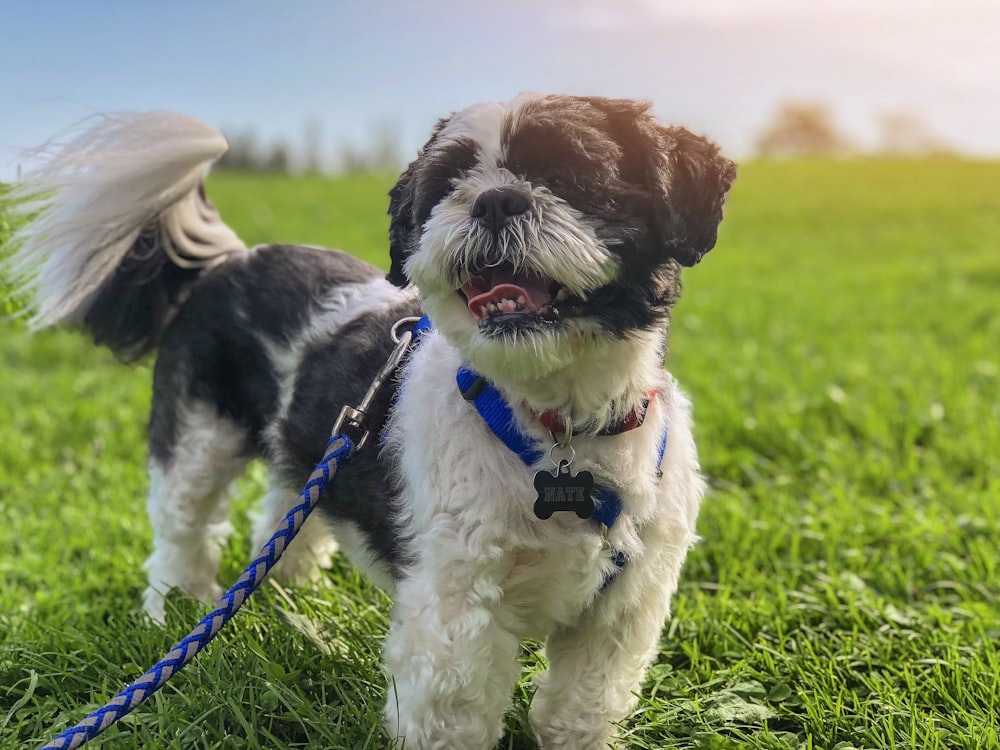
The world will be less scary to him once he gets used to interacting with new people and objects. Allow your dog to take the lead and get plenty of exercise. Take a different route every day to allow your dog to meet new people and experience a wide range of sights. You can consider hiring a dog sitter if you are too busy to take your dog out.
4. Bowl exercises
You need to teach your furry friend to enjoy having people approach them while their eating. This will prevent resource guarding which happens when dogs feel threatened about others getting close to their important resources. Walk up to your dog while they’re eating their food and drop a delicious treat in their bowl. Walk away and repeat this twice during mealtime until your dog becomes excited when they see you approaching. Walk up and pick up the dish, put in a delicious treat and give the dish back to them.
5. Prevent aggressive behavior
You don’t have to show your dog that you are the boss by trying to dominate every time.
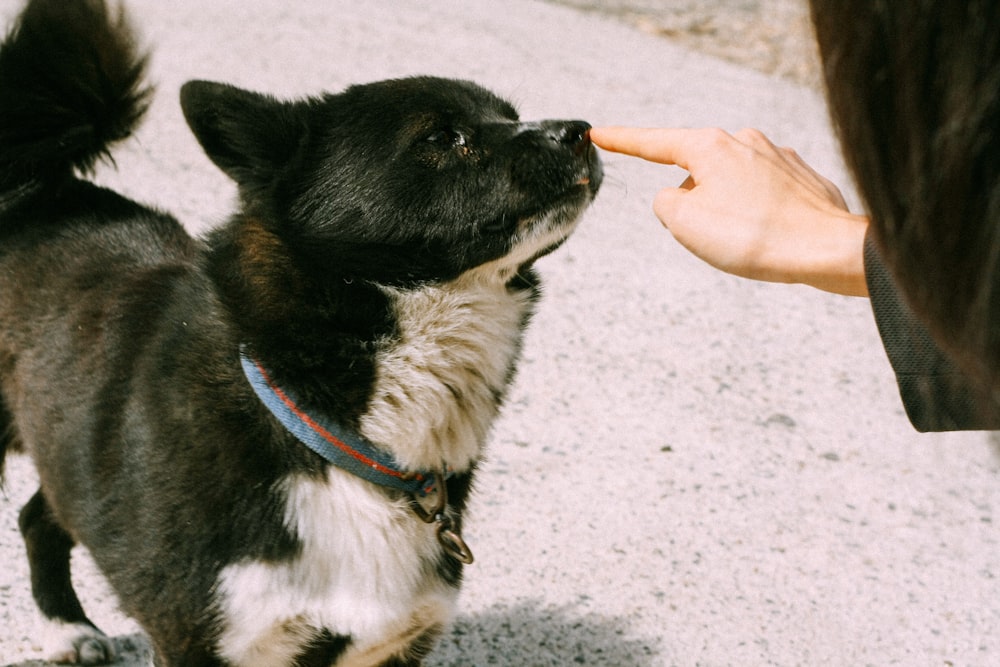
Scruffing your dog frequently or pinning them down can backfire by promoting aggressive behavior that pet owners should try and avoid. Instead of trying to dominate your dog, focus on rewarding good behavior and preventing bad or destructive behaviors.
6. Redirect biting
You need to provide dog toys to redirect your pup’s biting. When your pup bites hard while playing, making an “ow” sound and ending the game immediately will help him play gently next time. Avoid squeezing your dog’s mouth, holding them down, or yelling. This will not only frighten your pup but also encourage biting. Keep in mind that puppies under five months usually use their noses and mouths to explore the world. However, dogs past this age are adolescents and shouldn’t be biting during play.
7. Avoid punishing fear
Aggressive behaviors are usually caused by fear. Most dog owners are usually caught unaware when their good dogs react to a new person or dog. This change usually happens at the end of the sensitive socialization period. At five months old, your furry friend will start interpreting unfamiliar things as threats and will either confront or flee frightening circumstances. Punishing this behavior will likely confirm their fear. Therefore, you should consider removing your pet from the environment and distracting them.
8. Play with your dog
If you want to introduce your dog to other dogs, you need to do this systematically. Consider inviting a friend to bring her gentle dog with you and your furry friend.
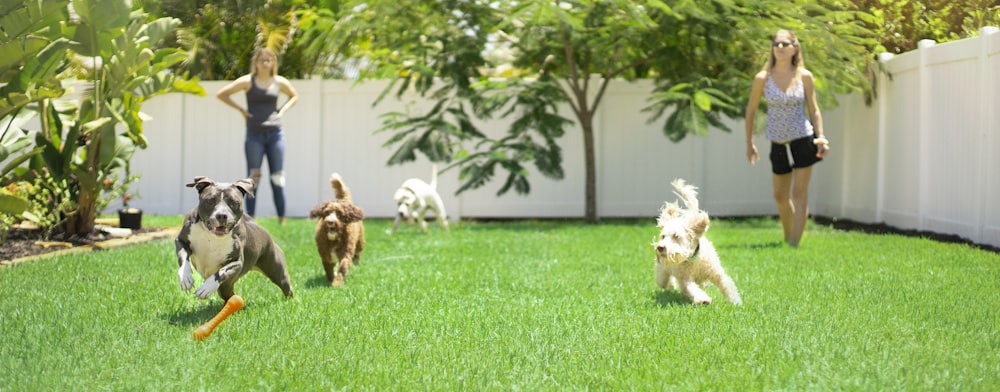
Allowing a polite distance between the two dogs is important before they get to know each other. If both dogs are relaxed the whole time, allow them to sniff each other for a few minutes. Keep the interaction brief and loosen the leashes. If your dog appears frightened or starts making aggressive sounds call them with a relaxed and pleasant voice. You should always introduce one dog at a time to avoid uncontrollable fights.
Conclusion
The keys to socializing your dog successfully are consistency and repetition. Don’t give up if your dog is taking a while to adjust to new situations. Creating a calm and loving environment for your dog through positive reinforcement will promote good behavior.

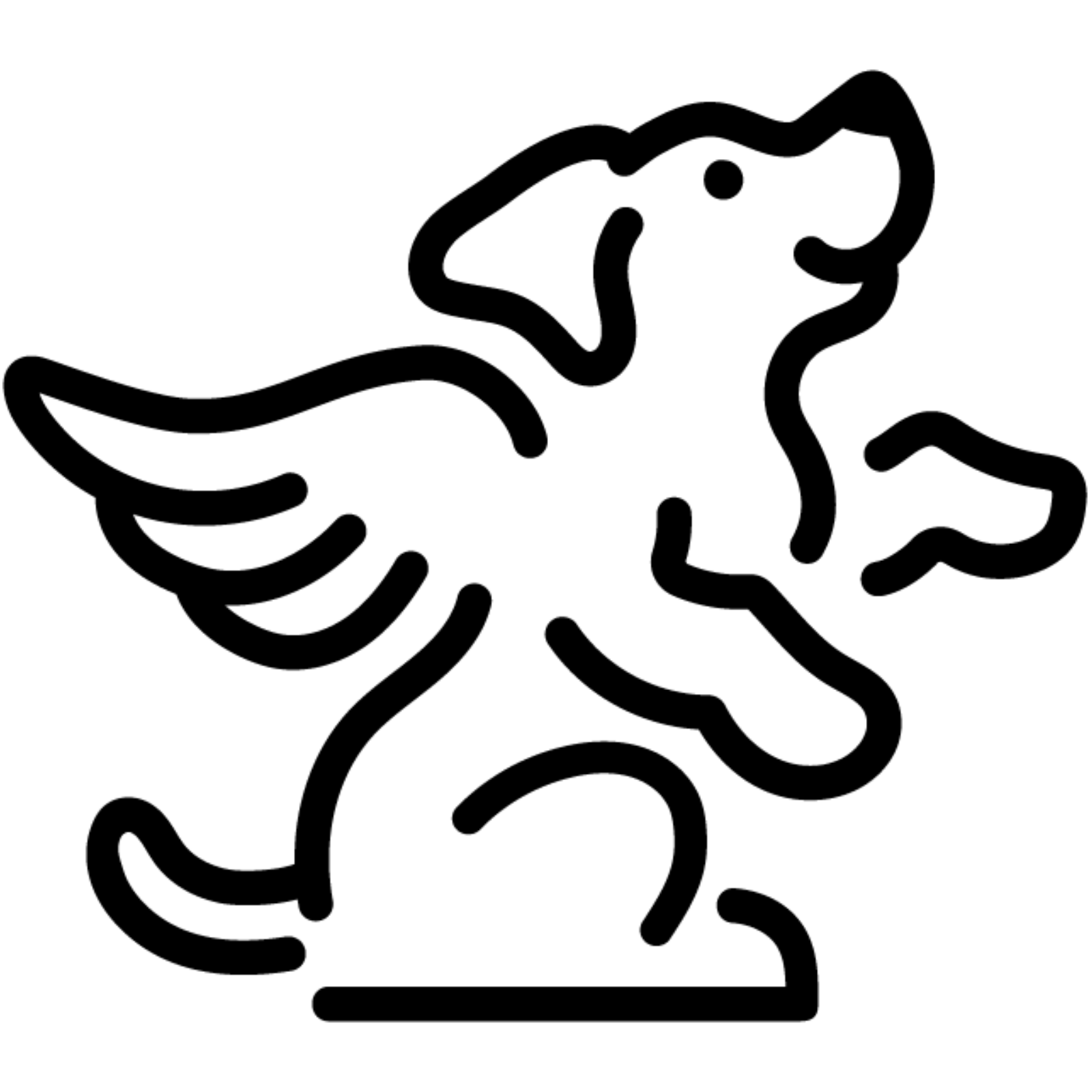

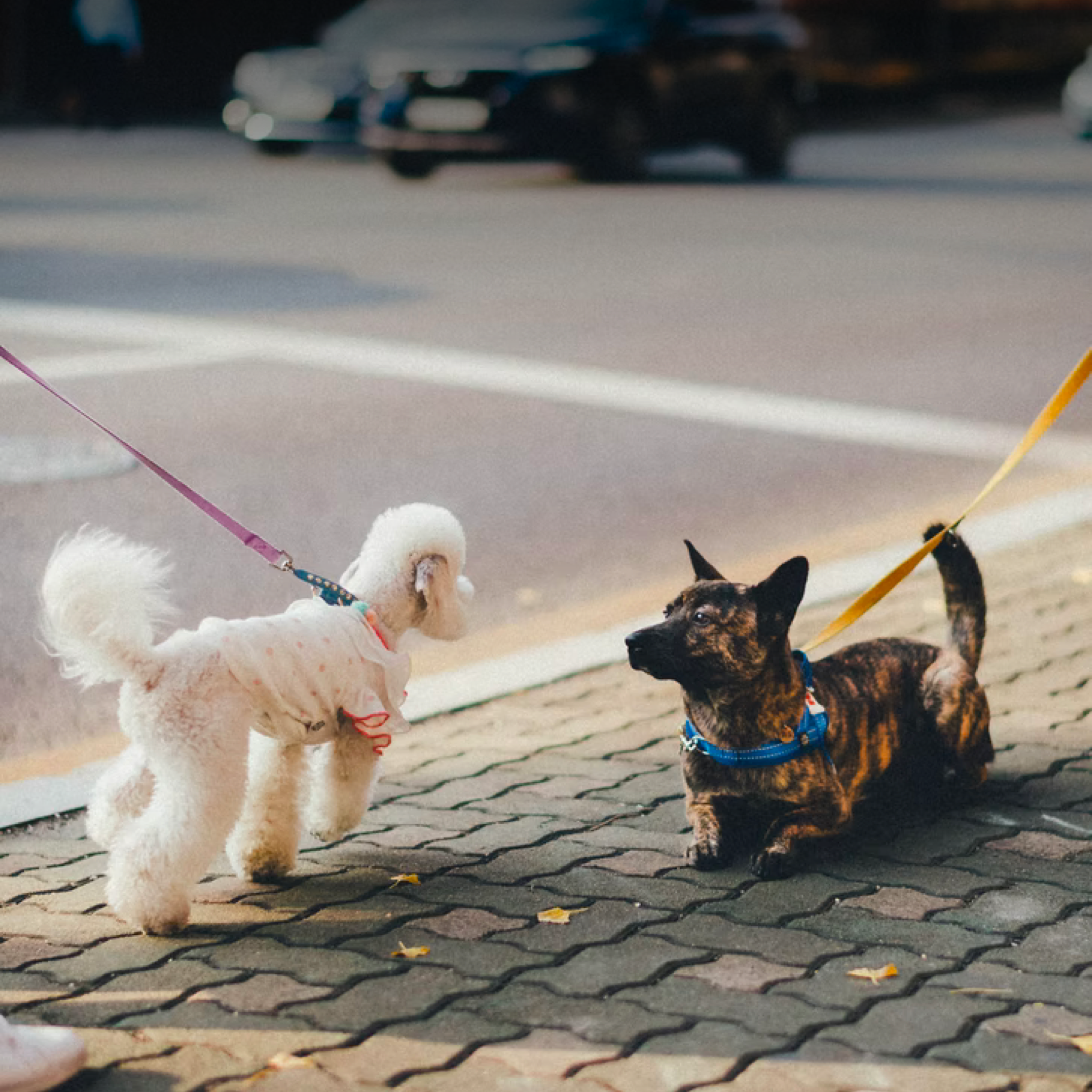
Share:
Sept 2021 Inventory Update
4 Hacks to Great Dog Photography